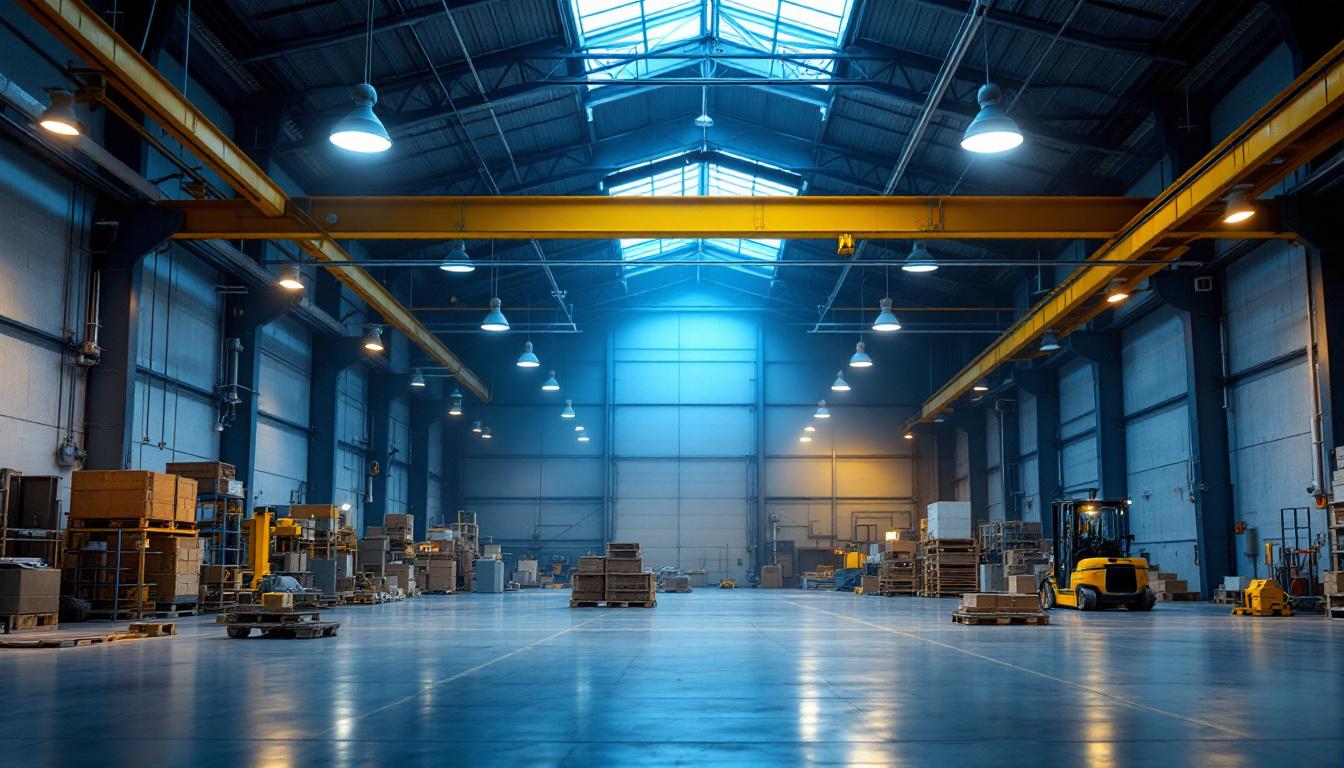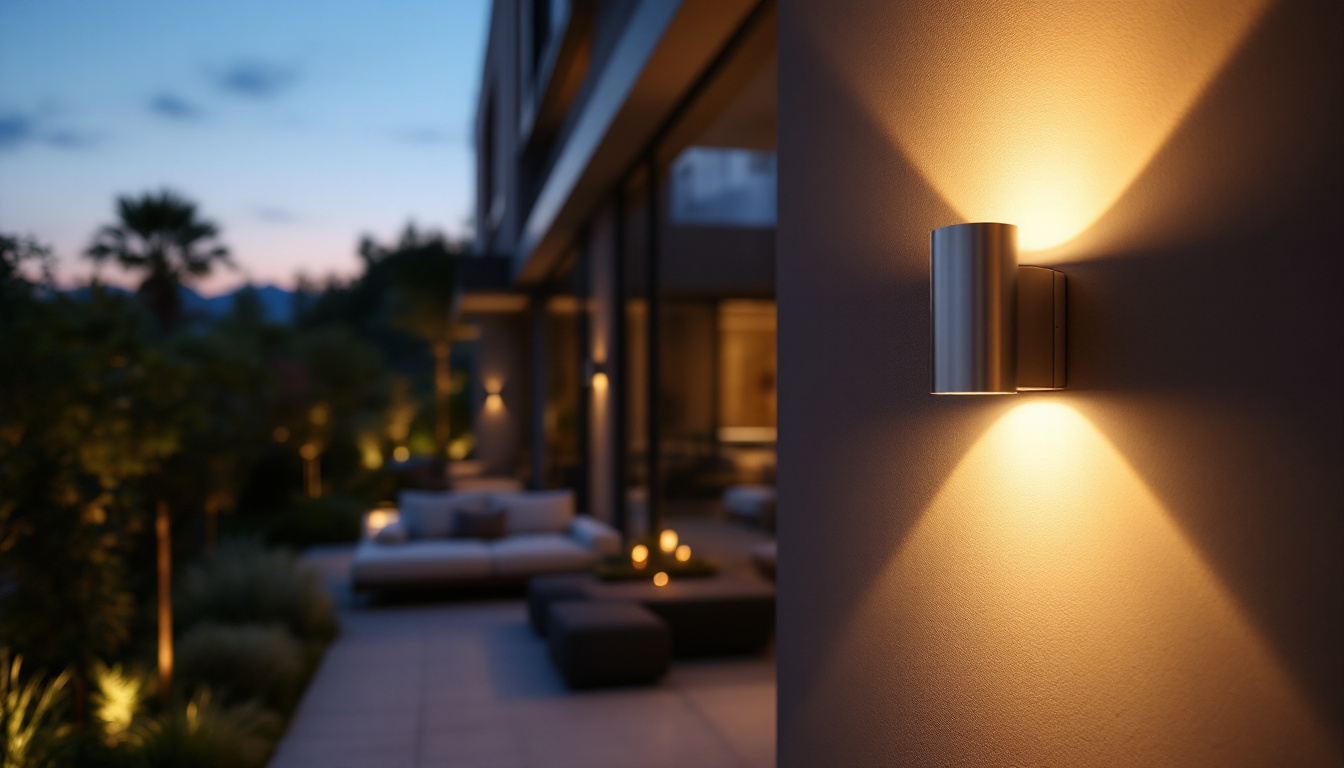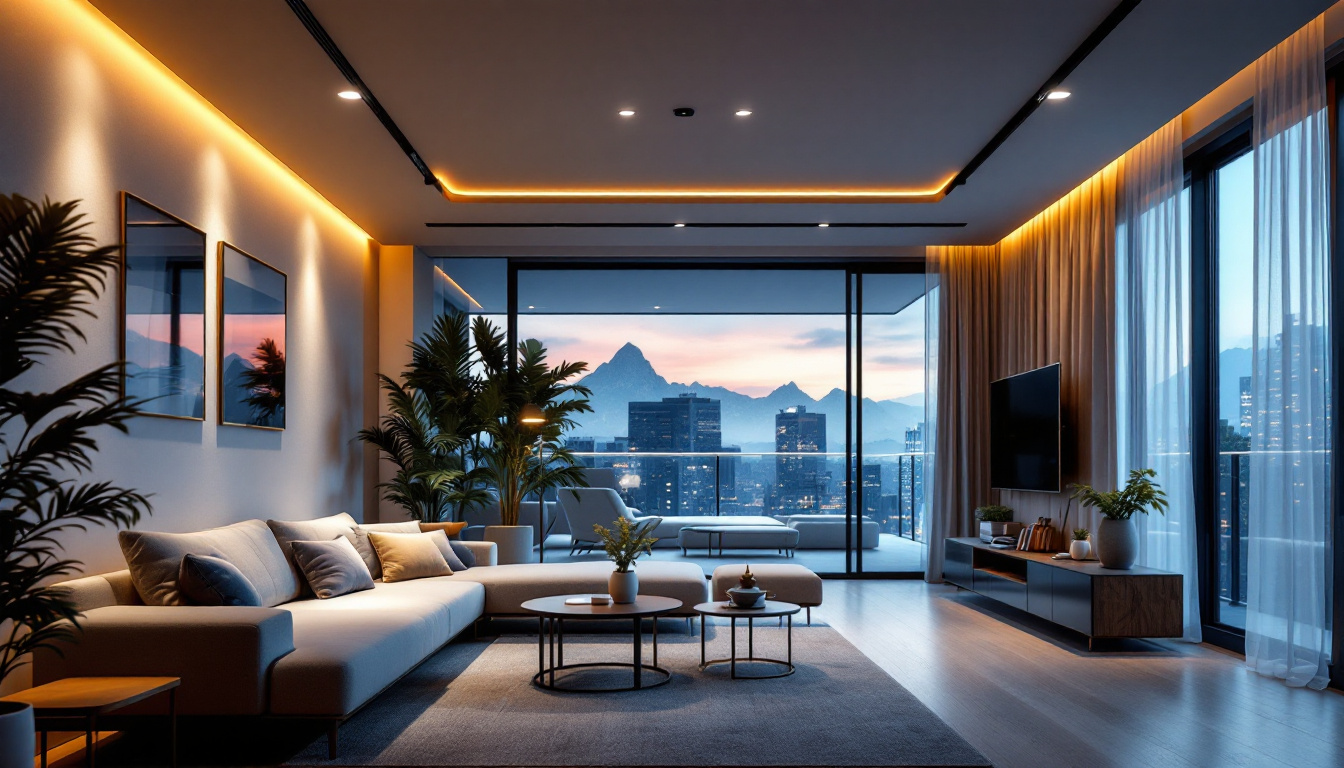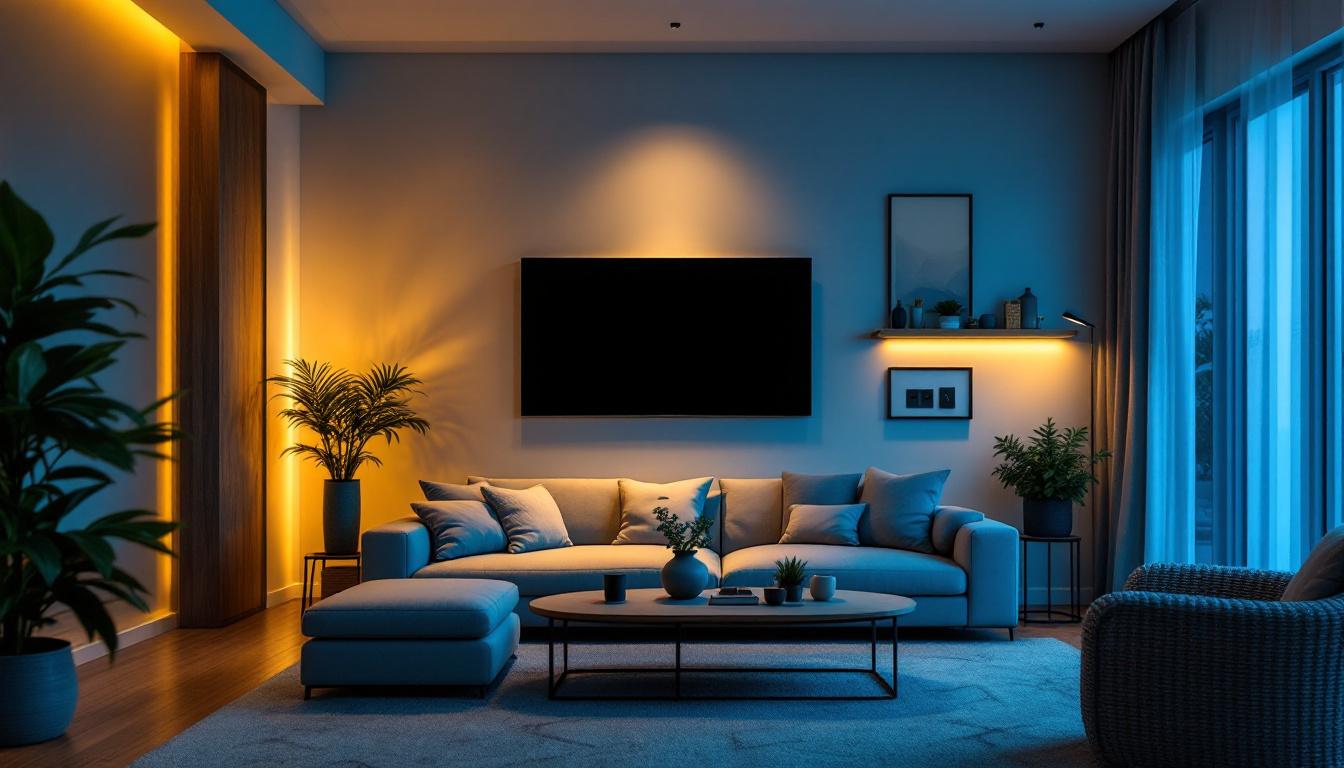
Warehouse lighting is a critical aspect of industrial operations, influencing everything from safety to productivity. For lighting contractors, understanding the nuances of warehouse lighting can lead to better project outcomes and satisfied clients. This article will explore essential factors that lighting contractors need to consider when designing and implementing lighting solutions in warehouse environments.
Warehouses are unique spaces that often require specialized lighting solutions. The nature of the activities carried out in these facilities—ranging from storage to distribution—demands a tailored approach to lighting design. Proper lighting not only enhances productivity but also plays a crucial role in ensuring safety and compliance with industry standards.
Different areas within a warehouse may have varying lighting needs based on the activities performed. For instance, areas designated for picking and packing require brighter, more focused lighting to enhance visibility and reduce errors. Conversely, storage areas may not need as intense lighting, allowing for energy savings. In these less active zones, using dimmable LED fixtures can provide flexibility, enabling adjustments based on the time of day or specific tasks being performed.
Additionally, loading docks and shipping areas benefit from high-intensity lighting to ensure safety during operations, especially during nighttime. Understanding these requirements is essential for lighting contractors to create effective lighting plans that meet both functional and safety standards. Furthermore, incorporating motion sensors in less trafficked areas can optimize energy use by ensuring lights are only on when needed, thus reducing overall operational costs while maintaining safety standards.
Lighting contractors must also be aware of local and national regulations regarding warehouse lighting. Compliance with standards such as the Illuminating Engineering Society (IES) guidelines ensures that lighting installations provide adequate illumination while minimizing energy consumption. This not only helps in achieving a sustainable operation but also enhances the overall working environment for employees.
Moreover, safety regulations, including those set by the Occupational Safety and Health Administration (OSHA), dictate minimum lighting levels in workspaces. Familiarity with these regulations not only helps avoid penalties but also enhances the safety and efficiency of warehouse operations. Additionally, regular audits and assessments of lighting conditions can help maintain compliance over time, ensuring that any changes in warehouse layout or operations are reflected in the lighting design. This proactive approach not only safeguards against potential hazards but also promotes a culture of safety and efficiency within the workforce.
The choice of lighting technology can significantly impact both performance and energy efficiency in warehouses. With various options available, it is crucial for lighting contractors to understand the advantages and disadvantages of each type.
LED lighting has become the go-to choice for warehouse lighting due to its energy efficiency, longevity, and low maintenance requirements. Unlike traditional incandescent or fluorescent lights, LEDs consume significantly less energy, leading to lower utility bills for warehouse operators.
Furthermore, LEDs have a longer lifespan, reducing the frequency of replacements and associated labor costs. Their versatility allows for various applications, including high-bay lighting for large open spaces and task lighting for specific work areas. Additionally, many LED fixtures come with advanced features such as dimming capabilities and smart technology integration, enabling warehouse managers to optimize lighting based on real-time needs. This adaptability not only enhances energy savings but also improves the working environment by providing appropriate lighting levels for different tasks, which can lead to increased productivity and employee satisfaction.
While LEDs dominate the market, fluorescent and high-intensity discharge (HID) lighting still have their place in warehouse environments. Fluorescents are often used in areas where light quality is essential, such as offices within warehouses. They provide a good balance of efficiency and light quality, although they may not last as long as LEDs.
HID lighting, including metal halide and high-pressure sodium lamps, can be effective in large spaces requiring high lumen output. However, they often come with longer warm-up times and shorter lifespans compared to LED options. Understanding these characteristics allows lighting contractors to make informed decisions based on specific warehouse needs. Moreover, the color temperature of HID lights can vary significantly, affecting the visual comfort of workers. For instance, metal halide lights emit a cooler, whiter light that can enhance visibility and color rendering, making them suitable for tasks that require precision. On the other hand, high-pressure sodium lamps produce a warmer light, which may be less ideal for detailed work but can be beneficial in reducing glare in expansive areas. Balancing these factors is essential for creating an optimal lighting strategy that meets both operational requirements and employee well-being.
Effective lighting design in warehouses goes beyond simply choosing the right fixtures. It involves strategic planning to ensure optimal light distribution and energy efficiency. The impact of good lighting design can also enhance safety and productivity, making it an essential aspect of warehouse management.
The layout of lighting fixtures is crucial in achieving uniform illumination across the warehouse floor. Lighting contractors should consider factors such as fixture height, spacing, and beam angle to avoid dark spots and ensure even light distribution. Additionally, the type of activities being performed in different areas of the warehouse may dictate specific lighting needs; for instance, areas designated for picking and packing may require brighter, more focused lighting compared to storage zones.
Using lighting design software can assist in visualizing the layout and making necessary adjustments before installation. This proactive approach minimizes costly changes during the installation process and enhances overall project efficiency. Furthermore, incorporating adjustable lighting solutions, such as dimmable LED fixtures, can provide flexibility for different tasks and adapt to changing warehouse operations throughout the day.
Incorporating natural daylight into warehouse lighting design can significantly reduce energy consumption. Strategically placed skylights and windows can provide ample daylight, especially in areas with high ceilings. This not only reduces reliance on artificial lighting but also contributes to a more sustainable operation, aligning with green building practices that many companies are now adopting.
Lighting contractors should also consider using daylight sensors that automatically adjust artificial lighting based on the amount of natural light available. This integration not only conserves energy but also creates a more pleasant working environment for employees. Moreover, studies have shown that exposure to natural light can improve employee mood and productivity, leading to a more efficient workforce. By thoughtfully blending artificial and natural lighting, warehouses can create a dynamic atmosphere that supports both operational goals and employee well-being.
As businesses increasingly prioritize sustainability, energy-efficient lighting solutions have become more critical than ever. Lighting contractors play a vital role in helping warehouses reduce their carbon footprint and operational costs.
Conducting energy audits can help identify areas where lighting efficiency can be improved. These assessments evaluate current lighting systems, energy consumption, and potential upgrades, providing valuable insights for warehouse operators.
By recommending energy-efficient solutions, such as LED retrofits or smart lighting controls, contractors can help clients achieve significant savings on energy bills while contributing to sustainability goals.
Many utility companies and government programs offer rebates and incentives for businesses that invest in energy-efficient lighting solutions. Lighting contractors should stay informed about available programs to guide clients in taking advantage of these financial benefits.
Educating clients on the potential return on investment (ROI) from energy-efficient upgrades can also facilitate decision-making and encourage the adoption of sustainable practices.
Safety is paramount in warehouse environments, and lighting plays a critical role in ensuring a secure working atmosphere. Proper maintenance of lighting systems is equally important to sustain safety and efficiency.
Emergency lighting and illuminated exit signs are essential components of warehouse safety. These systems ensure that employees can safely evacuate during emergencies, even in low-light conditions.
Lighting contractors must ensure that emergency lighting systems are compliant with safety regulations and adequately maintained. Regular testing and inspections are necessary to ensure functionality when needed.
Regular maintenance of lighting systems is crucial for optimal performance. Dust and dirt can accumulate on fixtures, reducing light output and efficiency. Establishing a maintenance schedule that includes cleaning and inspecting fixtures can prolong their lifespan and maintain adequate illumination levels.
Additionally, contractors should educate warehouse operators on the importance of promptly addressing any lighting issues, such as flickering bulbs or burnt-out fixtures, to prevent safety hazards and operational disruptions.
The warehouse lighting landscape is continually evolving, driven by technological advancements and changing industry needs. Staying informed about emerging trends can help lighting contractors remain competitive and provide cutting-edge solutions to clients.
Smart lighting systems, equipped with sensors and IoT technology, are gaining traction in warehouse environments. These systems allow for real-time monitoring and control of lighting, optimizing energy use based on occupancy and daylight levels.
Contractors should familiarize themselves with smart lighting solutions, as they offer significant advantages in terms of energy savings and operational efficiency. Integrating these systems into warehouse designs can enhance the overall functionality of lighting installations.
Human-centric lighting focuses on creating environments that enhance employee well-being and productivity. This approach considers factors such as color temperature and light intensity, aiming to mimic natural daylight patterns.
As awareness of the impact of lighting on employee health grows, lighting contractors should consider incorporating human-centric principles into their designs. This can lead to improved employee satisfaction and performance, ultimately benefiting warehouse operations.
Warehouse lighting is a multifaceted discipline that requires a deep understanding of various factors, from compliance and technology to design and maintenance. For lighting contractors, mastering these elements is essential for delivering effective and efficient lighting solutions that meet the diverse needs of warehouse environments.
By staying informed about industry trends and advancements, lighting contractors can position themselves as valuable partners to warehouse operators, ensuring safety, efficiency, and sustainability in their lighting projects. As the demand for innovative lighting solutions continues to grow, the role of lighting contractors will remain pivotal in shaping the future of warehouse operations.
Ready to elevate your warehouse lighting solutions? At LumenWholesale, we provide lighting contractors with the highest quality, spec-grade lighting products at prices that can’t be beaten. Our extensive selection is designed to meet the most rigorous industry standards, ensuring that you deliver not just a solution, but a lighting experience that enhances safety, efficiency, and sustainability. Say goodbye to middleman markups and hello to hassle-free bulk buying with free shipping. Don’t compromise on quality or price. Click to Wholesale Lighting at the Best Value and partner with us for your next project.

Discover essential tips for lighting contractors to enhance outdoor spaces with LED wall sconces.

Discover the various types of recessed lighting and learn how to future-proof your lighting projects with innovative designs and energy-efficient solutions.

Discover the essential insights every lighting contractor needs about under shelf LED strip lighting.

Discover the essentials of lighting control systems for homes with expert insights tailored for lighting contractors.